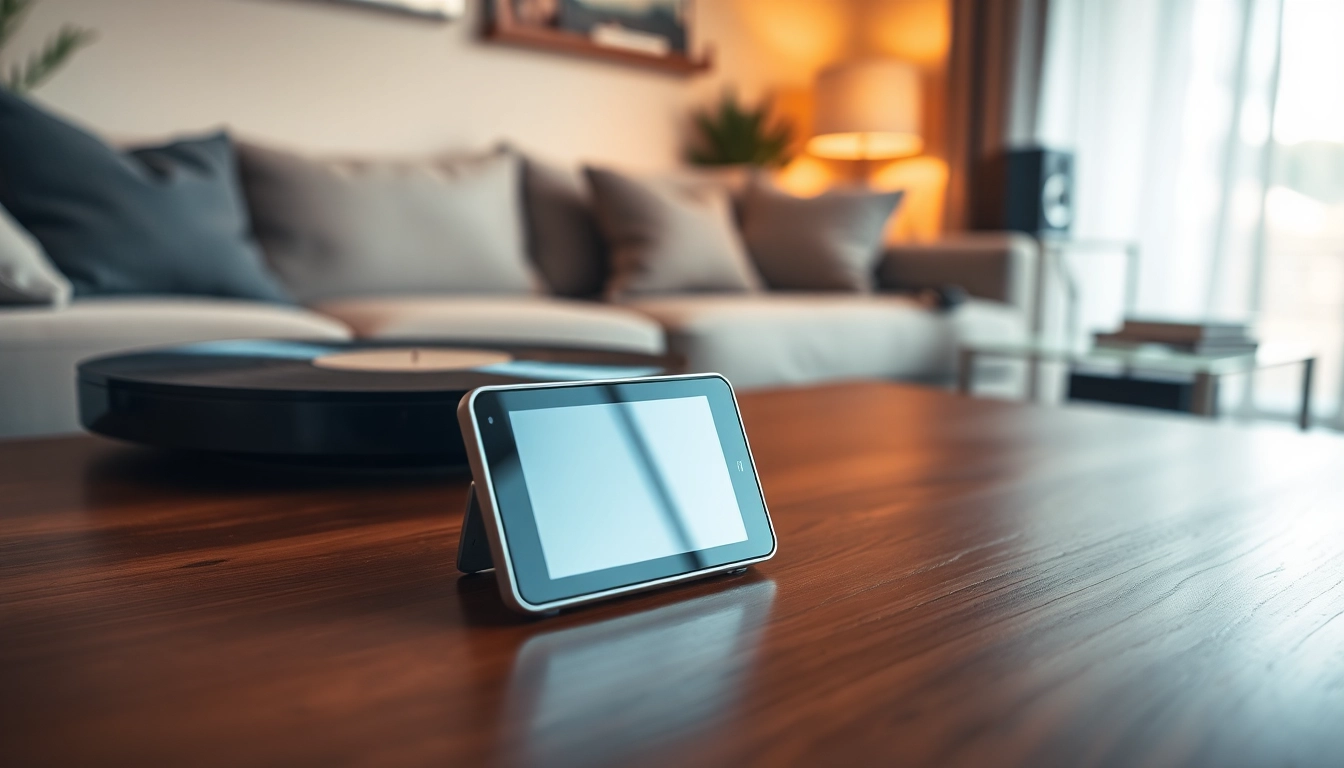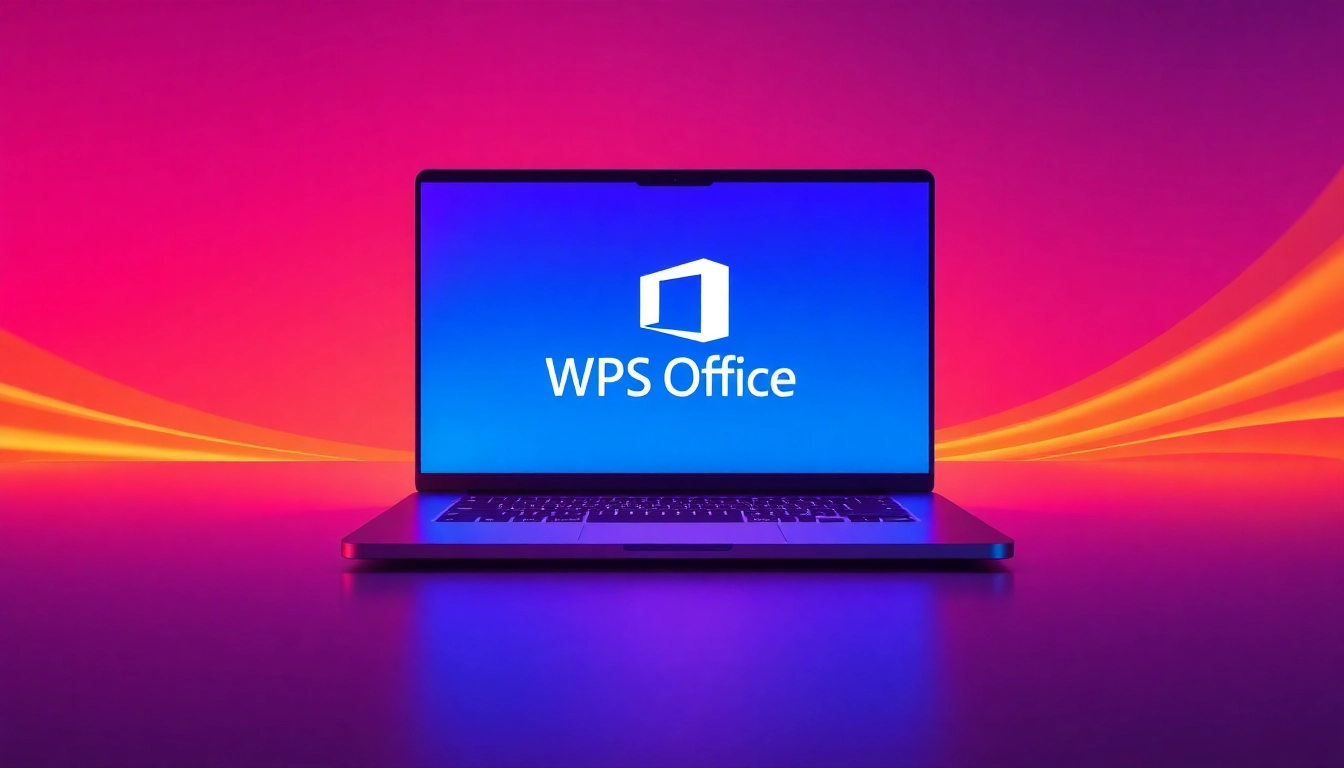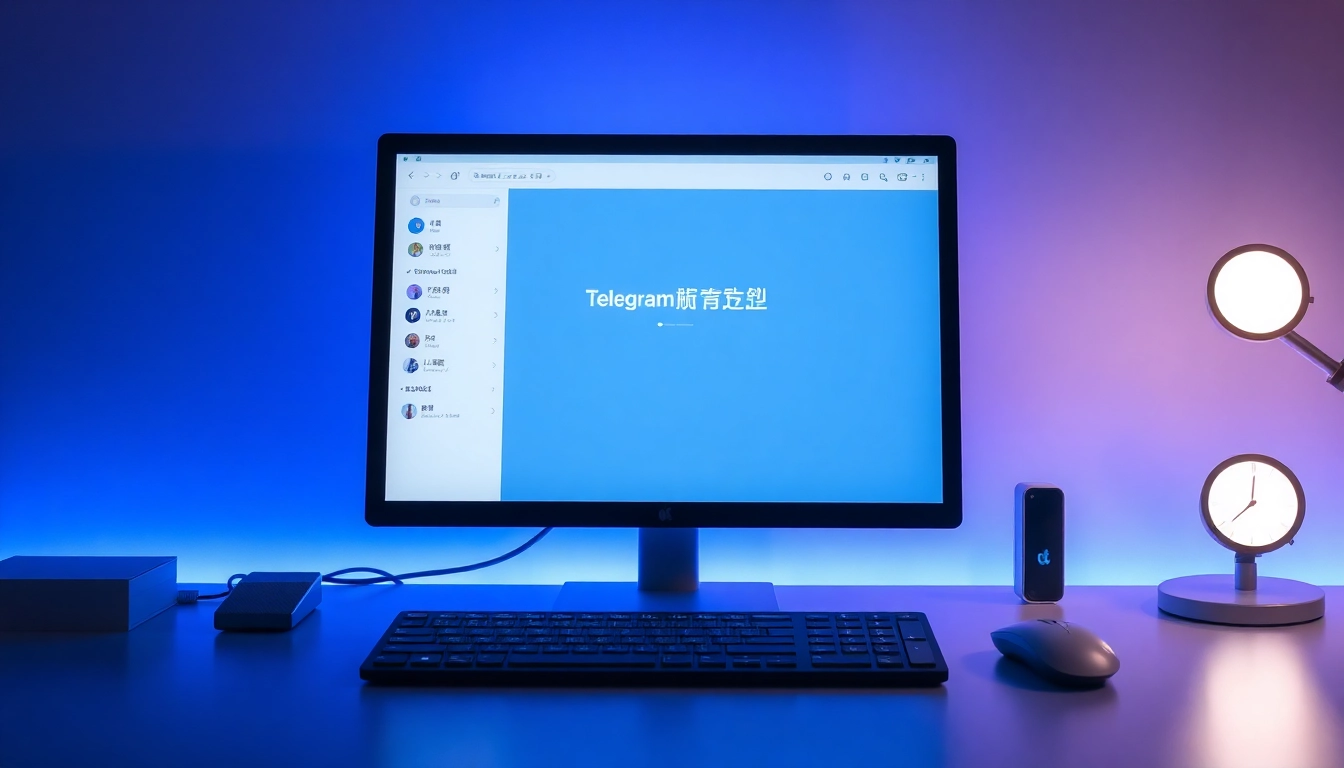Understanding the Evolution of Digital Music Players
The landscape of music consumption has undergone a dramatic transformation over the past few decades. From bulky cassette players to sleek, portable digital devices capable of storing thousands of songs, the evolution of music players mirrors technological advancements and changing consumer preferences. Today’s devices are not just about playing music; they offer an integrated experience that combines streaming, internet connectivity, and remarkable sound quality. As we delve into this evolution, we aim to capture the intricacies that define modern music players and how they enhance our listening experiences. For further insights and options, you can explore https://hardwareplayer.com.
The Transition from Analog to Digital
The shift from analog to digital mark a pivotal moment in audio technology. Analog devices, such as vinyl players and cassette tapes, provided warm sounds but lacked the convenience and storage capacity that digital devices offer today. Introduction of digital formats, beginning with CDs in the 1980s, revolutionized music access. These digital formats allowed for lossless audio storage, enabling clearer sound and extensive cataloging.
With the rise of the MP3 format in the late 1990s and early 2000s, music became more portable and accessible. The ability to compress audio files while retaining audio quality made it easy for users to carry their favorite songs on compact devices. This era led to the development of pioneering music players, often referred to as MP3 players, marking the transition into portable digital libraries.
Key Features to Look For
When selecting a digital music player, there are several crucial features that consumers should take into consideration:
- Storage Capacity: Determine how much music you want to carry. Players with higher capacity can accommodate larger libraries without needing to erase songs.
- Battery Life: Longer battery life is essential for on-the-go users who prefer uninterrupted listening experiences.
- Audio Quality: Look for devices that support high-resolution audio formats and boast exceptional DAC (Digital-to-Analog Converter) capabilities for the best sound quality.
- Connectivity: Ensure compatibility with streaming platforms and additional devices, such as Bluetooth and Wi-Fi connectivity, for seamless integration.
- User Interface: An intuitive interface improves user experience, making it easier to navigate and access music libraries.
The Rise of Streaming-Compatible Devices
As music streaming services like Spotify, Apple Music, and others gained popularity, the demand for streaming-compatible music players grew. Modern devices not only play locally stored music but also offer direct access to online libraries. This feature eliminates the need to sync devices with computers, allowing for instantaneous access to millions of tracks.
Streaming capabilities mean that users can download albums and playlists for offline listening, a major advantage when traveling or in areas with limited internet access. This combination of local and cloud storage reflects current listening trends and the necessity of versatile devices.
Exploring Top Music Player Options on https://hardwareplayer.com
The variety of music players available today can be overwhelming. With numerous options tailored to different preferences and lifestyles, it’s essential to identify which models stand out in terms of features, usability, and customer feedback.
Analyzing Popular Models
Several music players have emerged as consumer favorites. Each model offers unique features that cater to specific user needs. A detailed analysis of some of the leading models reveals their strengths:
- High-Resolution Audio Players: These models support various lossless formats, appealing to audiophiles seeking superior sound quality.
- Streaming-Only Players: Devices designed specifically for streaming typically come with pre-installed applications for seamless access to music services.
- Multi-functional Portable Media Players: These models combine music playback with video and photo capabilities, making them versatile for all types of media consumption.
Comparison of Features and Pricing
Budget plays a crucial role in deciding which music player to purchase. By comparing features and pricing, consumers can find devices that best fit their needs without overspending. For instance:
- A high-resolution player may range from $300 to $800, depending on its brand and features.
- Streaming-only players often start from $100 and can go up to $300, making them accessible to a broader audience.
- Portable media players with multi-functional capabilities typically fall within the medium price range and offer good value for the versatility they provide.
Best Picks for Different User Needs
Choosing the right music player often boils down to personal preferences, lifestyle, and listening habits. Here are some recommendations based on different user profiles:
- The Audiophile: Seek high-resolution players with support for various audio formats, exceptional DACs, and superior build quality.
- The Casual Listener: Opt for affordable streaming-compatible devices combined with good battery life and storage sufficient for playlists.
- The Multi-Tasker: Consider a multifunctional media player that caters to music, video, and photo playback in one device for a comprehensive entertainment option.
How to Optimize Your Setup for the Best Sound Quality
A great music player can only perform to its fullest potential when paired with the right setup. Optimizing sound quality involves selecting appropriate accessories and adjusting settings to meet personal listening preferences.
Choosing the Right Audio Accessories
Headphones and speakers play a critical role in enhancing the listening experience. Investing in high-quality audio accessories can significantly elevate sound quality:
- Headphones: Opt for over-ear models for a fuller sound or in-ear designs for portability. Look for headphones with sufficient insulation and frequency response to match your music type.
- Speakers: Select powered or passive speakers based on your setup. Consider space, power source, and sound requirements to find the optimal fit.
- Audio Cables: Use high-quality cables to prevent signal loss and interference, which can detract from audio fidelity.
Placement Tips for Enhanced Sound
Where you place your speakers can have a significant impact on sound quality. Here are some tips for optimal speaker placement:
- Maintain a distance of at least a foot from walls to reduce bass reflections.
- Angle speakers towards the listening position to ensure an immersive sound experience.
- Experiment with different placements to find the best acoustic arrangement for your space.
Adjusting Settings for Ideal Performance
Modern music players often come equipped with settings that can enhance sound quality. Take advantage of equalizer settings to tailor sound profiles according to music genres, whether enhancing bass for genres like hip-hop or adjusting treble for classical music. Experimenting with different audio settings can lead to an entirely new listening experience.
Common Troubleshooting Steps for Music Players
Despite their advanced features, users may encounter issues with their music players. Knowing how to troubleshoot common problems enhances the user experience and extends the lifespan of the device.
Addressing Connectivity Issues
Connectivity problems may arise due to various reasons. Ensure that:
- Your Wi-Fi connection is stable for streaming devices.
- Bluetooth connectivity is enabled and that the music player is in pairing mode when connecting wireless headphones or speakers.
- Software updates are performed regularly to eliminate bugs affecting connectivity.
Fixing Playback Problems
Playback issues can manifest as skipping tracks, stuttering, or complete device failure. Here is how to address such problems:
- Restart the device to resolve any temporary glitches affecting playback.
- Check for firmware updates to resolve known issues related to playback.
- Ensure that the music files are intact and not corrupted, as damaged files often lead to playback interruptions.
Maintaining Your Device for Longevity
Proper maintenance can keep your music player functioning optimally for years. Here are practical maintenance tips:
- Regularly clean the device with a soft cloth to prevent the buildup of dust and residue.
- Avoid exposing the device to extreme temperatures and moisture, which can damage internal components.
- Store the device in protective cases when not in use to shield it from potential impacts.
User Recommendations and Reviews on https://hardwareplayer.com
User reviews and recommendations are invaluable for prospective buyers. They provide real-world insights that go beyond manufacturer claims, allowing consumers to make well-informed decisions.
Insightful User Experiences
Personal stories and experiences shared by users highlight the strengths and weaknesses of different music players. This anecdotal evidence can serve as a guiding resource for individuals searching for a device that fits their specific requirements.
Building a Community of Music Lovers
Fostering a community of music enthusiasts encourages discussion and sharing of knowledge regarding the best practices for enjoying music. Online platforms dedicated to music players allow users to exchange tips, recommendations, and support.
How Feedback Shapes Product Development
User feedback is essential for manufacturers. It informs improvements, compelling brands to innovate features and address issues based on actual user experiences. As consumer demands evolve, so too do the features and designs of music players, ensuring they remain relevant in a fast-paced digital landscape.



